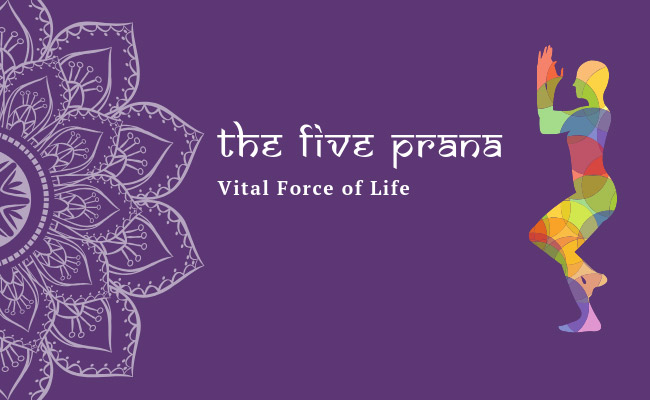“Then there is the life-force, the Prana, that works in our vital being and nervous system.
The Upanishad speaks of it as the first or supreme Breath; elsewhere in the sacred writings it is spoken of as the chief Breath or the Breath of the mouth, mukhya, asanya; it is that which carries in it the Word, the creative expression.
In the body of man there are said to be five workings of the life-force called the five Pranas. One specially termed Prana moves in the upper part of the body and is pre-eminently the breath of life, because it brings the universal life-force into the physical system and gives it there to be distributed. A second in the lower part of the trunk, termed Apana, is the breath of death; for it gives away the vital force out of the body. A third, the Samana, regulates the interchange of these two forces at their meeting-place, equalises them and is the most important agent in maintaining the equilibrium of the vital forces and their functions. A fourth, the Vyana, pervasive, distributes the vital energies throughout the body. A fifth, the Udana, moves upward from the body to the crown of the head and is a regular channel of communication between the physical life and the greater life of the spirit. None of these are the first or supreme Breath, although the Prana most nearly represents it; the Breath to which so much importance is given in the Upanishads, is the pure life-force itself, – first, because all the others are secondary to it, born from it and only exist as its special functions. It is imaged in the Veda as the Horse; its various energies are the forces that draw the chariots of the Gods.”
― Sri Aurobindo

